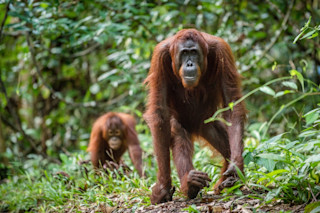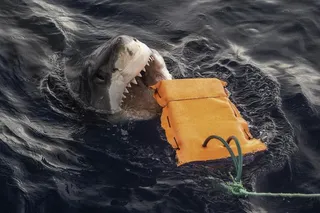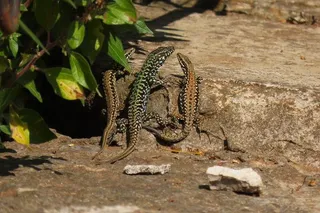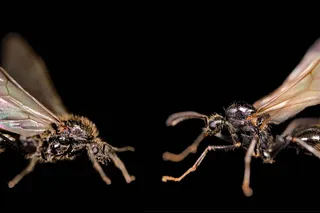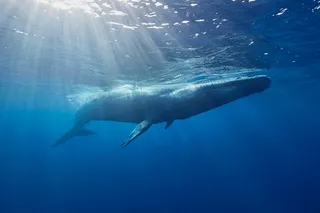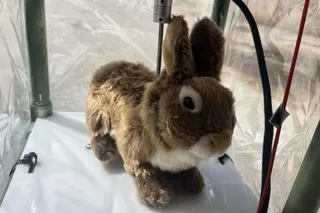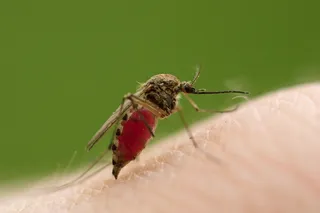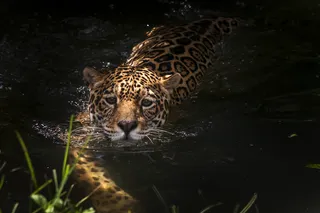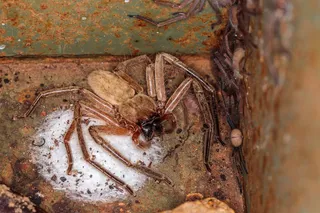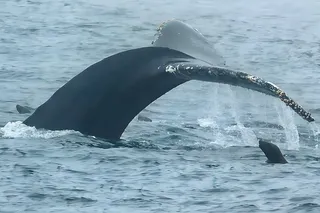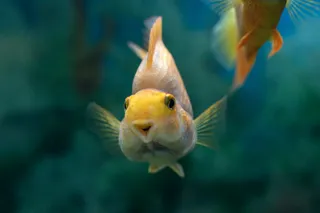Researchers have long used birdsong as a prime example when studying the complexities of speech. But a new study based on orangutans attempts to change that and shed some light on how humans acquired the ability to make more than one vocal sound at a time.
The researchers spent a massive amount of time observing and recording the great apes in the wild – some 3,800 hours in Borneo and Sumatra within range of the animals. What they found connects present-day beatboxing sounds to early human language.
Read More: How Closely Related Are Humans to Apes?
With the females, the researchers recorded “kiss squeaks,” or loud sounds the apes made as they pressed their lips together. The apes also made “rolling call” vocalizations, which they often did at the same time. That’s what the team was ultimately looking for, examples of “biphonic calls,” of which they recorded 293 from five ...


